New theory-based approach gives access to quarks’ tiny transverse motion within protons.
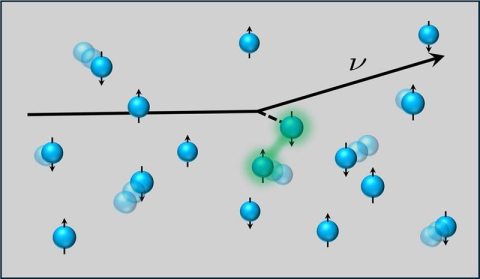
Improved Spin and Density Correlation Simulations Give Researchers Clearer Insights on Neutron Stars
New lattice simulations compute the spin and density correlations in neutron matter that affect neutrino heating during core-collapse supernovae.
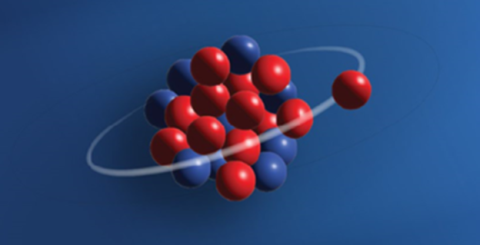
The Facility for Rare Isotope Beams enables a high-precision mass measurement at the edge of the nuclear chart.
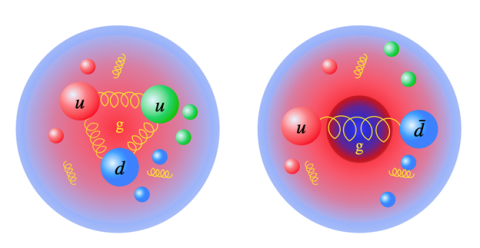
Nuclear theorists reveal mass distribution within the pion and the proton from first principle numerical calculations.
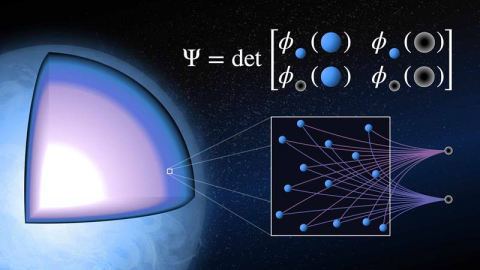
Scientists find evidence of superfluidity in low-density neutron matter by using highly flexible neural-network representations of quantum wave functions.
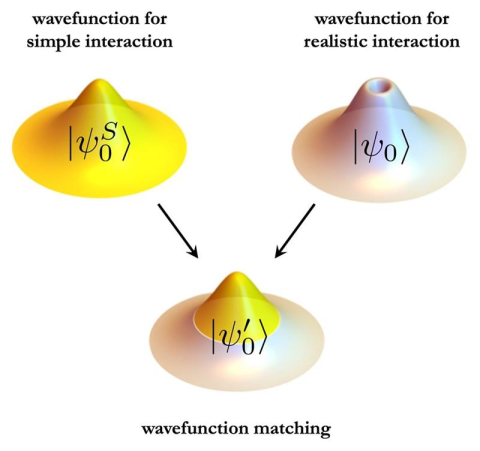
Solving quantum many-body problems with wavefunction matching.
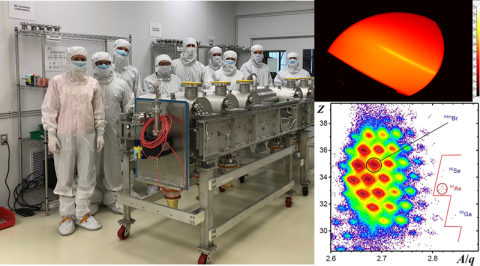
The Facility for Rare Isotope Beams opens a new research avenue and observes three new rare isotopes.
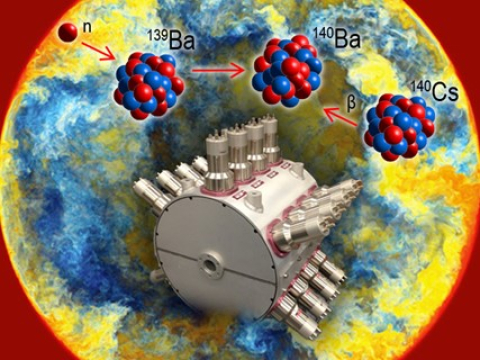
New nuclear physics measurements shed light on the synthesis of heavy elements in stars.
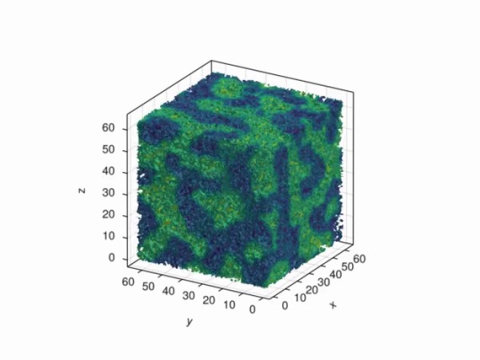
Recent advances enable simulations near a possible critical endpoint of the transition between the quark gluon plasma and a hadron liquid.
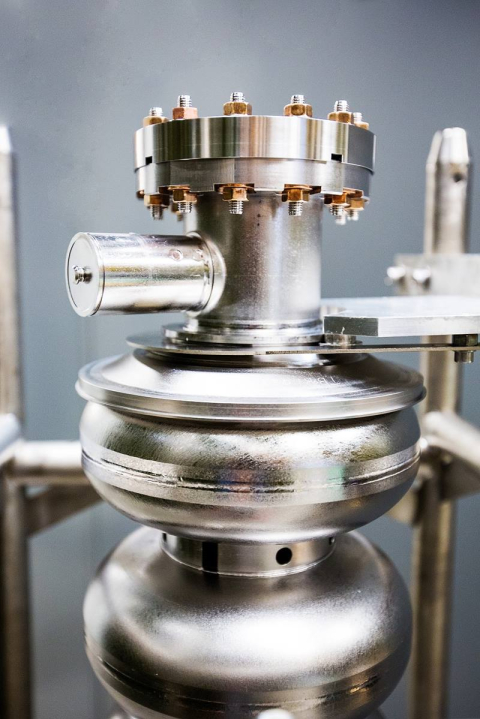
An enhanced topographic analysis toolkit for forecasting and improving particle accelerator performance is helping scientists build better accelerators.

